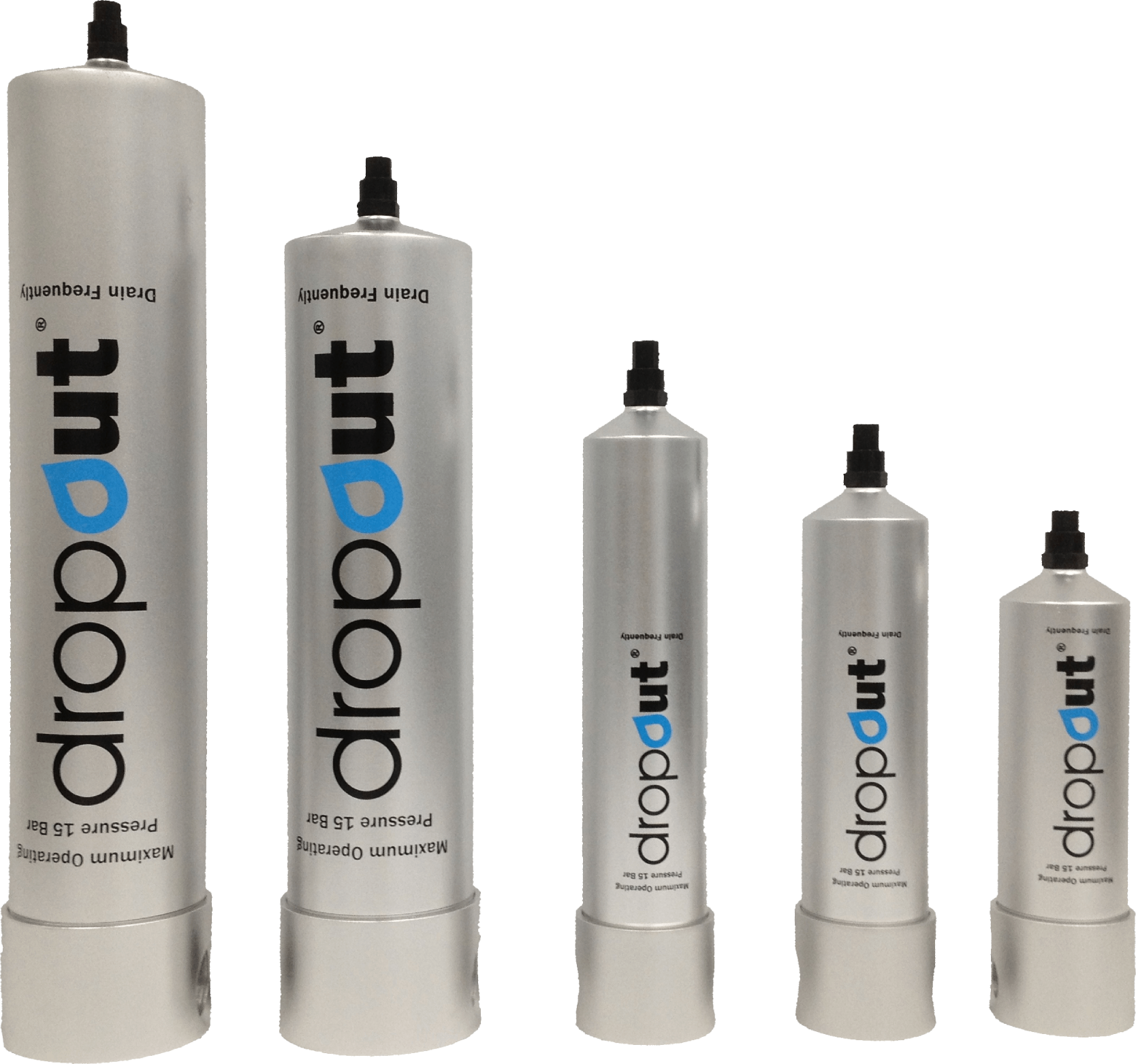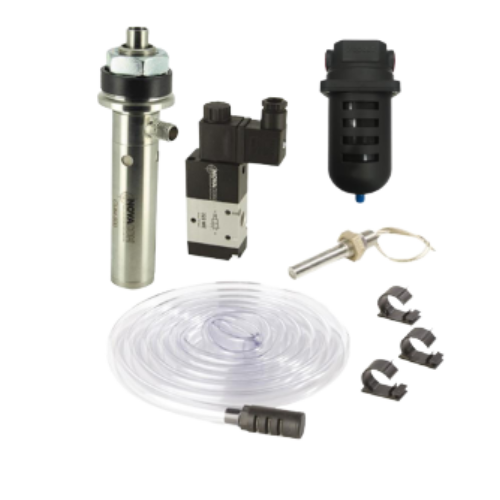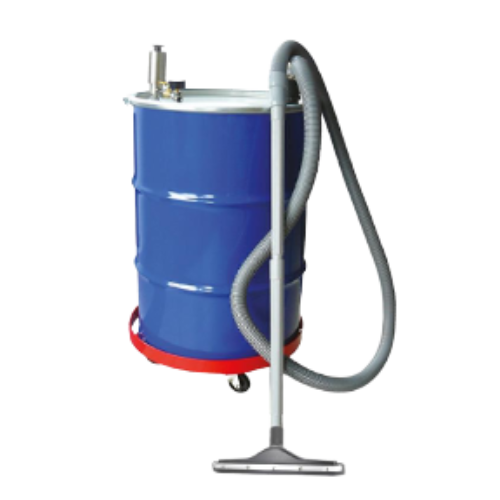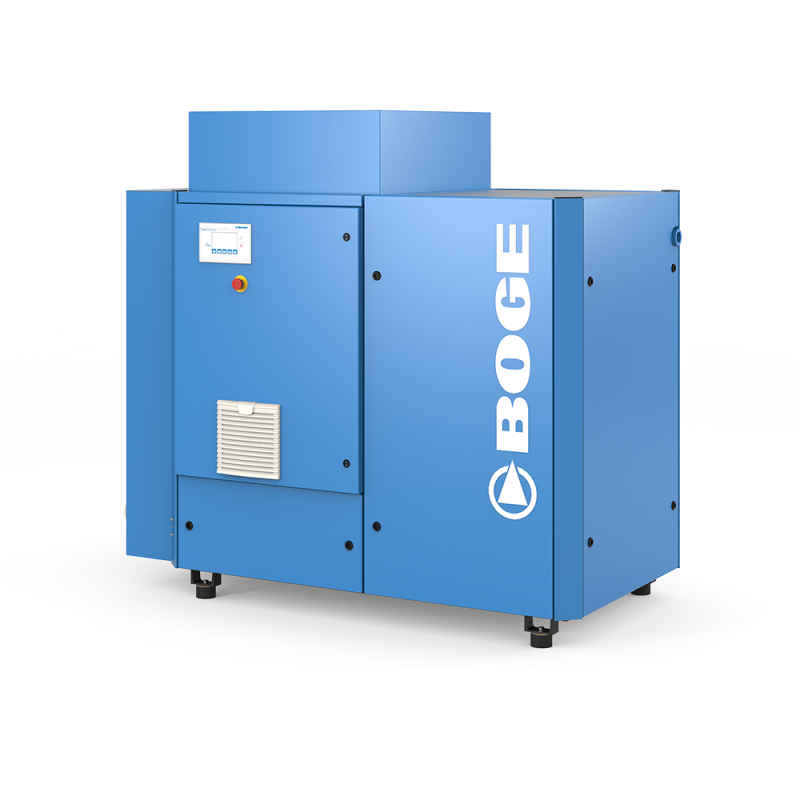Diaphragm Pump, Chemical Handling
Diaphragm Pumps for Chemical Handling: Why They Are the Industry Standard
Diaphragm Pumps for Chemical Handling: Why They Are the Industry Standard
Handling aggressive and hazardous fluids requires more than just a standard pump. From corrosive acids and solvents to abrasive slurries, chemical processes demand equipment that is safe, reliable, and built to last. That’s why diaphragm pumps for chemical handling have become the industry standard across manufacturing, water treatment, pharmaceuticals, and more.
In this guide, we’ll explain why chemical transfer pumps based on diaphragm technology are trusted worldwide, the advantages they offer over other pump types, and how to select the right solution for your facility.
What Makes Diaphragm Pumps Different?
Unlike centrifugal or peristaltic pumps, chemical resistant diaphragm pumps have a unique, seal-less design. Instead of rotating impellers or rollers, they use flexible diaphragms that move back and forth to push liquid through check valves.
This means:
-
No mechanical seals → no leaks from seal wear.
-
Dry-running capability → they can operate without fluid without damage.
-
Self-priming ability → they can lift liquids from a dry start.
These qualities make them the best pumps for corrosive fluids and unpredictable chemical processes.


Safety First: Pumps Built for Hazardous Chemicals
When dealing with dangerous chemicals, safety is non-negotiable. Diaphragm pumps excel in this area because:
-
They are leak-free by design, reducing operator exposure.
-
Many models are ATEX-certified, making them safe for explosive or flammable environments.
-
Their ability to handle viscous, abrasive, and shear-sensitive fluids reduces risk of fluid degradation.
-
They stall without damage if discharge lines are blocked — preventing sudden failure.
For operators and plant managers, this means peace of mind and reduced risk of costly downtime.

Types of Diaphragm Pumps for Chemical Transfer
There are two main types of diaphragm pumps used in chemical industries:
1. Air Operated Diaphragm Pumps (AODD)
-
Powered by compressed air.
-
Ideal for hazardous environments (no electric sparks).
-
Portable and easy to install.
-
Great for bulk transfer and viscous chemicals.
2. Electric Diaphragm Pumps (EODD)
-
Powered by an electric motor.
-
Lower energy cost compared to compressed air.
-
Can be fitted with variable frequency drives for precision dosing.
-
Often used for chemical dosing pumps in water treatment and pharma.
Both types are widely used, but the choice depends on whether efficiency or explosion-proof safety is your priority.
Real-World Applications of Diaphragm Pumps in the Chemical Industry
You’ll find chemical industry pump applications for diaphragm technology everywhere:
-
Chemical manufacturing – safe transfer of acids, caustics, and solvents.
-
Water & wastewater treatment – dosing chlorine, lime, polymers, and ferric chloride.
-
Food & beverage – handling cleaning and sanitising agents without contamination.
-
Pharmaceuticals & biotech – precise chemical dosing in cleanroom environments.
-
Mining & slurry handling – transferring abrasive slurries, reagents, and tailings.
These examples highlight why engineers consistently rank diaphragm pumps as the go-to choice for hazardous chemical handling.
Choosing the Right Chemical Resistant Diaphragm Pump
When selecting a diaphragm pump for chemical handling, consider:
-
Fluid compatibility – Match pump materials (PTFE, PVDF, stainless steel, Santoprene®) to your chemicals.
-
Flow rate & pressure – Ensure the pump can meet process requirements without overworking.
-
Viscosity & solids – Select a model designed to handle thick fluids or particulates.
-
Environment – Use ATEX-rated pumps in explosive zones; choose electric for energy-efficiency.
-
Maintenance requirements – Look for easy-service pumps with long-life diaphragms.
💡 Tip: Use DiaphragmPumps.co.uk’s chemical compatibility guide to confirm which pump body and diaphragm materials match your application.
Advantages Over Other Pump Types
Compared to centrifugal and peristaltic pumps, diaphragm pumps for chemical transfer offer:
-
No priming needed → unlike centrifugal pumps.
-
No tubing fatigue → unlike peristaltic pumps.
-
Can handle solids → unlike gear pumps.
-
Safer for shear-sensitive fluids → unlike piston pumps.
That’s why across industries, engineers specify diaphragm pumps as the industry standard for chemical handling.

Conclusion: The Industry Standard for a Reason
When it comes to safe pumps for hazardous chemical handling, diaphragm technology continues to lead the way. Their seal-less design, wide chemical compatibility, and ability to handle everything from corrosive acids to abrasive slurries make them the most versatile and reliable option on the market.
Whether you’re designing a new process line or upgrading old equipment, choosing a diaphragm pump for chemical handling means choosing durability, safety, and peace of mind.
Ready to Simplify Chemical Handling?
At DiaphragmPumps.co.uk, we supply a wide range of air operated diaphragm pumps and electric diaphragm pumps for chemicals, built to handle the most demanding applications. Contact our team today for expert advice on the right pump for your process.








